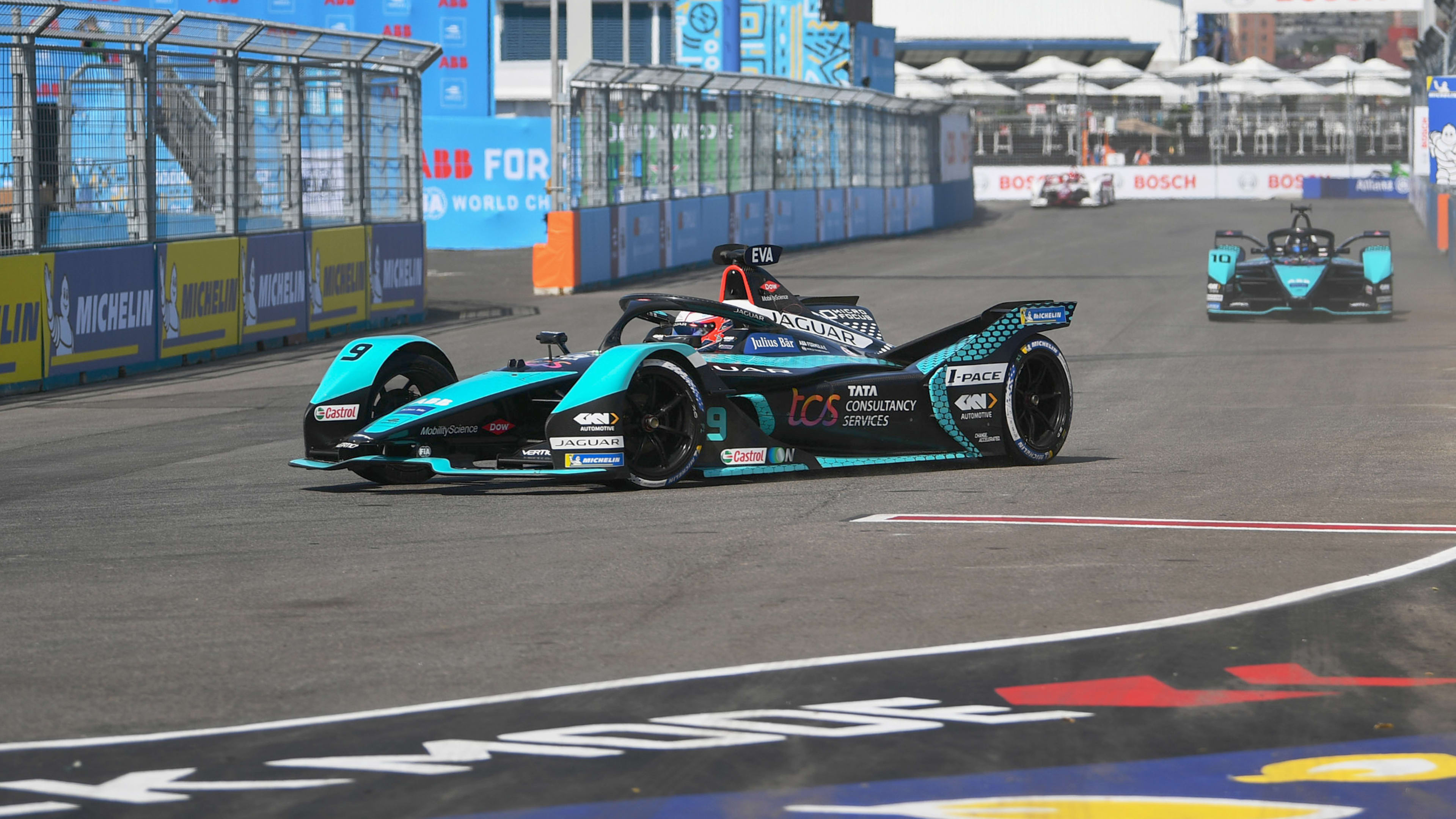Every week, Phil Charles watches two movies at the same time, trying to follow and understand both simultaneously. It’s his homework. The technical manager for the Jaguar racing team, Charles works in the control room on race days, trying to comprehend the needs of two drivers racing at the same time—as they did last weekend at the Brooklyn circuit, where Jaguar driver Mitch Evans placed third among 22, and his teammate Sam Bird came in fifth. Charles constantly hears feedback from the drivers, and advises them how to react. At the heart of all the decisions is energy efficiency: when during the 45-minute race to expend, and to conserve, a finite amount of power.
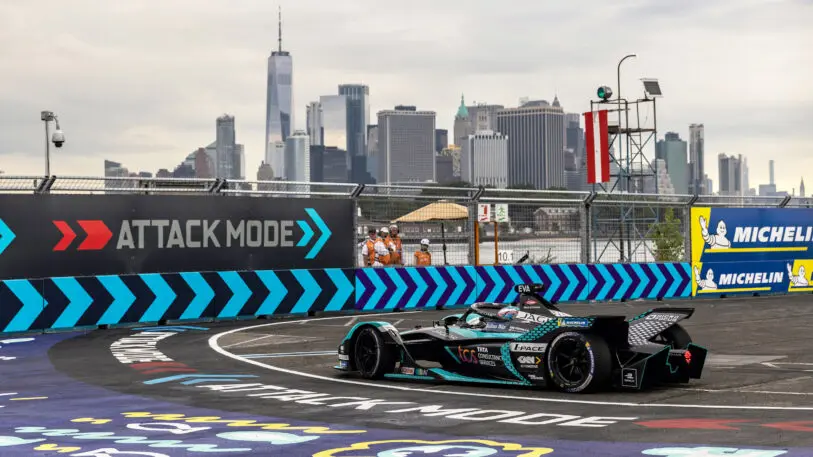
“Formula One is the pinnacle of internal-combustion engine racing. We’re the pinnacle of electric racing,” says James Barclay, team principal of the Jaguar Formula E team. The idea for the sport goes back to 2011, when the president of Fédération Internationale de l’Automobile (FIA), Jean Todt, and then-European commissioner for industry, Alejandro Agag, decided to capitalize on increasing focus in Europe on the electrification of vehicles to help drive down carbon emissions. Its first season was in 2014, and eight years on, the championship has 11 teams and 22 professional drivers, racing in 16 cities worldwide. In the second of the double-header races in Brooklyn last weekend, Mercedes and Jaguar TCS (named for its partnership with Tata Consultancy Services) both landed podium finishes, in second and third, respectively, behind Chinese team DS Techeetah.
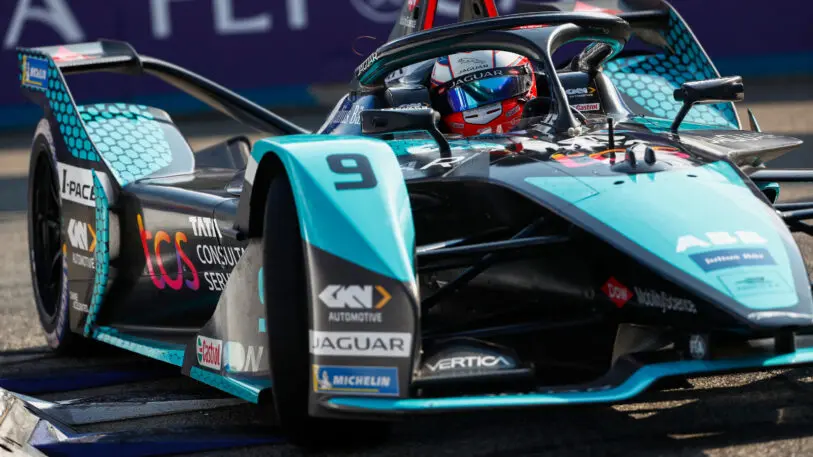
A race built around energy efficiency
Electric racing tech has progressed quickly in the years since the sport launched. The first cars used in the original races, known as Gen 1, had to pit stop to switch out the entire car because it couldn’t make it the whole course with one battery. Now, the Gen 2 car completes the entire track, reaches speeds of up to 170 miles per hour, and also boasts regeneration, whereby braking recaptures some of the car’s kinetic energy by charging the battery. When Gen 3 launches next season, it will have front regeneration—and it will pit stop in order to fast-charge, partly just to demonstrate to spectators that it can be done. “What Formula E does very well is [being] a complete and utter technical demonstrator of what the future of mobility looks like,” says Jack Lambert, a Jaguar racing engineer.

Race strategy is based on energy efficiency. Each car has 200 kW of power available for a race, and teams must decide how and when to expend it. They wouldn’t divide it exactly over the 45 minutes because every minute of a race is not the same; drivers need to react to opponents overtaking you at different times, for instance. They also have to regulate the battery temperature, using various internal coolant systems, which shouldn’t go above 72 degrees Celsius (162 degrees Fahrenheit). “We do everything we can to not minimize heat, but put it in the right places,” Lambert says.

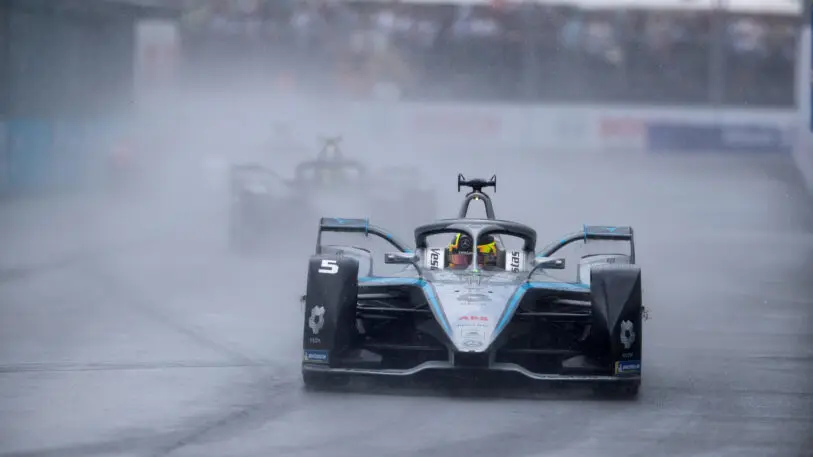
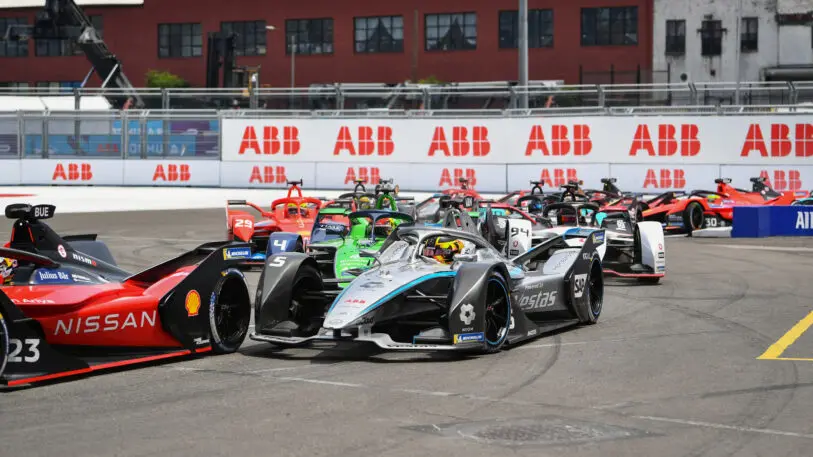
The track as an EV tech test lab
Motorsports have always been a test lab for new technology. Formula 1 helped drive internal combustion innovation. Many features we take for granted in cars now were first innovated in F1, and later brought to the road, including carbon-fiber chassis, paddle shifters, adaptive suspensions, and steering wheel buttons.
Similarly, many of the concepts necessary for circuit success can be applied to road EVs. The urgency is clear: by 2025, Jaguar will be a luxury all-electric car company (partly, this is driven by legislation; in the U.K., manufacturers will not be permitted to sell combustion cars after 2030). It’s already demonstrated the application: In 2020, the Jaguar I-Pace, an all-electric performance SUV, was inspired by approaches from Formula E, including temperature and torque management.
One example is the use of silicon carbide, a semiconductor material that conducts electricity and allows cars to switch faster from DC to AC current, needed to rotate the motor to create traction. Jaguar started using it four years ago, and has quadrupled the speed of switching current, and is now planning to use it for chips in road vehicles, where it’s not yet commonplace (though Tesla did dabble with it, before some recalls that may have been connected to the materials). “This like a real-world test, it’s a fast-paced laboratory,” Charles says. “When you compete with 11 teams that are trying to beat you every day, you push the technology further.”
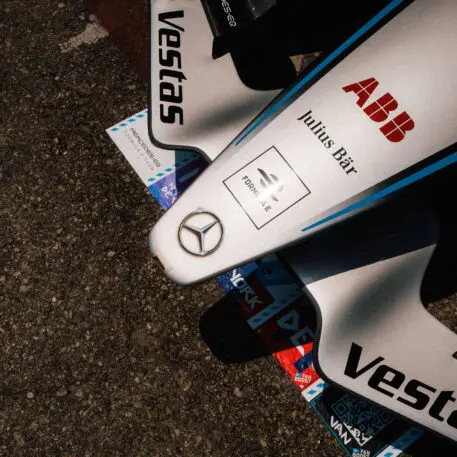
Formula E has also been essential for awareness. That’s the power of sport, James says, in that it can naturally bring people in without forcing a sustainability message onto them “We can talk about efficiency all day long,” James says. “But you have to make it exciting.” Many people will be drawn by the appeal that “these are really fast cars. They’re very, very cool.”
F1 is not going anywhere
Formula E is bringing in a younger demographic, a population already concerned about climate, which the competition is already actively courting with its format. In its embrace of gamification elements, it almost resembles Mario Kart (no banana peels, though): It has “attack mode,” where driver must activate a 25 kW boost at a time of their choice during the race, and a “fan boost,” extra boosts for most popular driver, voted on by viewers before the race. (These also add further challenges to when to use power.) “It’s taking the traditional racing rulebook and ripping it up,” James says. “Coming up with a format that’s not completely alien, but has these really edgy elements to it.”
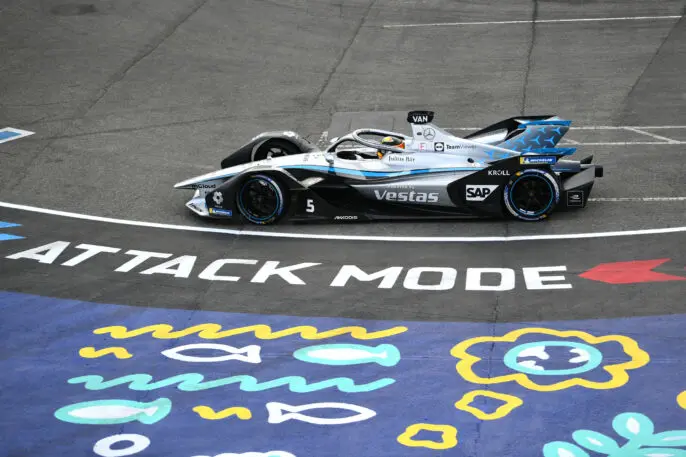
But while electric vehicles are going to replace internal-combustion engines—whether due to consumer preference or regulation, F1 isn’t going anywhere: it racked up 1.5 billion TV viewers in 2021 versus Formula E’s 316 million. Even if Formula E’s tech is catching up (Gen 3’s top speed will be 200mph, close to F1’s current 230 mph), the expectation is that the two competitions will coexist, with Formula E as an alternative, with different challenges and selling points. So, for all the good that Formula E does, it won’t offset F1’s emissions, estimated at around 256,000 CO2-equivalent tonnes per season. But, the engineers agree that F1’s growing popularity—illustrated by a 47% increase in American viewers from 2021 to 2022—helps lift the entire brand. “I don’t think we’re so proud that we wouldn’t hang onto the coattails of that and use that halo effect,” James says, “especially here in the U.S.”
Recognize your brand’s excellence by applying to this year’s Brands That Matter Awards before the early-rate deadline, May 3.
